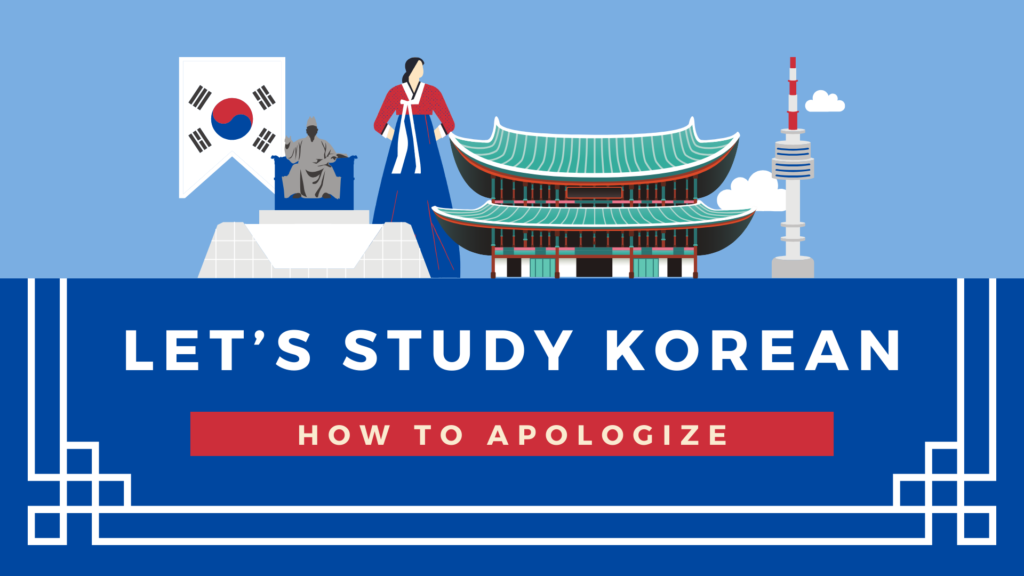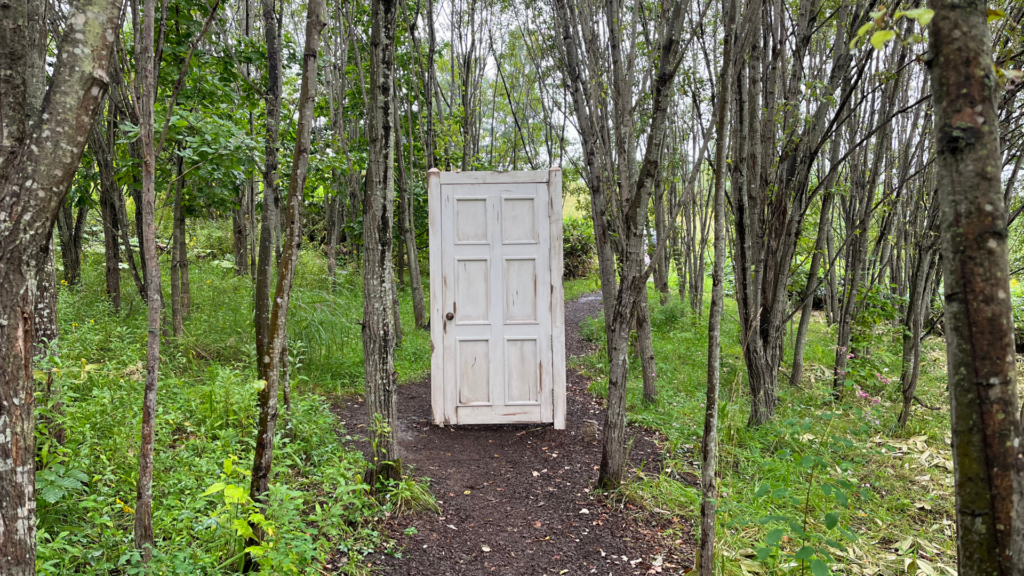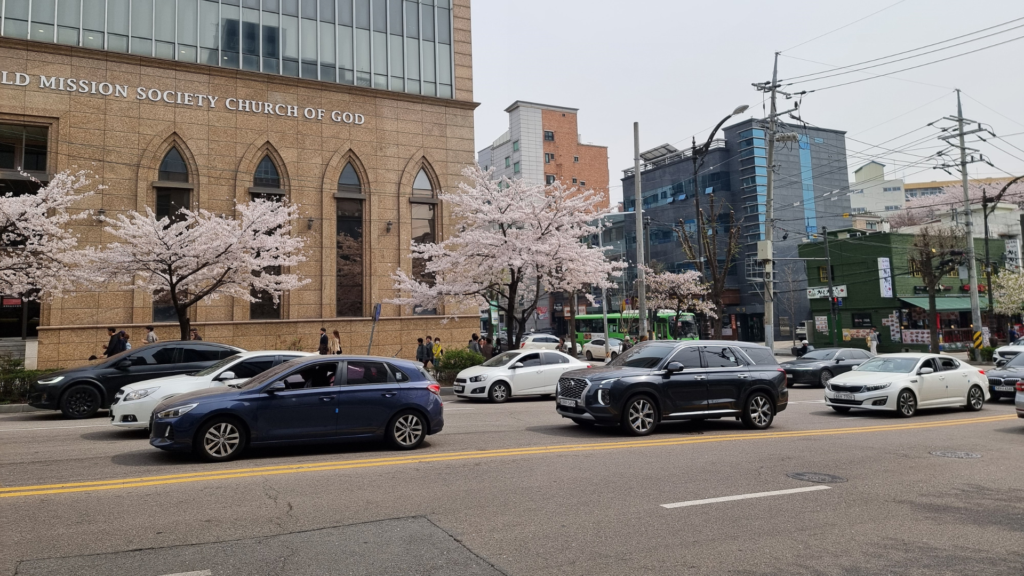Last updated on February 2024.
There are two types of student visas for Korea: the D-2 visa for universities and D-4 visa for Korean language courses. In this article we will discuss what the D-4 visa consists of and how you can get that particular Korean student visa.
What is the D-4 Korean student visa?
The D-4 Korean student visa is for those who want to study for a period in South Korea by attending a language course. The D-4 visa is “sponsored” by Korean universities for courses of a minimum of 6 months. Unlike other countries, this visa is not sponsored by private schools. This means you will only be able to get the admission letter you require for the visa application by applying to a Korean language course offered by a university.
The D-4 visa is valid for language schools that last from 6 months to 2 years. The important thing is that you continue to attend the course, pass the exam at the end of the term and pay the school fee.
The Korean student visa will be cancelled by the Korean immigration office if you stop attending school, even if you are still working in Korea.
Registration and Korean student visa application
As already mentioned, in order to apply for a Korean student visa, it is necessary to apply for a Korean language course at a university and to obtain an admission certificate.
The application form and the entire documentation must be submitted about 2-3 months before the start of the course. Terms in Korea start in March, June, September and December. You can register up to one year in advance, then finish the registration procedures closer to the deadline.
Generally, the documents required to enrol at a university in Korea are as follows:
- Official school enrolment form, to be completed by hand
- Motivational / presentation letter in English
- Copy of passport
- Recent passport photos
- Copy of the most recent education qualification (high school diploma or degree)
- Copy of high school report cards or university exams
- Copy of bank account statement demonstrating approximately US$10,000 in savings, which may vary depending on the school.
Additional documents may be requested based on the student’s history and the information on the registration form. In addition, some schools require an English translation certified by a court or an apostille to legalise school certificates for abroad.
To find out the requirements of the school you have chosen from our website, you can contact us by email.
After enrolling in the language school
Once all the documents required by the language school have been provided, the school will prepare the invoice for the payment of the school fee. Payment must be made by international bank transfer in US dollars or Euros, as it is not possible to send Won payments from abroad.
After confirmation of receipt of payment, the school will be ready to issue the admission certificate, the Certificate of Admission (CoA). This is a fundamental document to get a Korean student visa. To complete the visa procedures, you will have to go with your certificate to your local Korean embassy.
At the embassy you will also have to provide a series of documents, mostly the same ones already used for enrolling in the school.

Validity of the D-4 Korean student visa
To be valid, the Korean student visa must be stamped upon your arrival at the airport in Korea. You have 90 days to enter Korea with this visa from the moment it is issued at the embassy. It will be valid from the day of your arrival in South Korea and from passport controls at the airport.
As mentioned above, the visa is valid only for the period of study at the university and is linked to the course itself. When you finish the language course you can stay in Korea for a few days before returning home, but be careful not to exceed the expiry date on your visa.
Part-time work in Korea
Those who get a D-4 Korean student visa can start working part-time after the first 6 months in Korea. Language students can generally work up to 20 hours per week, but recently schools are becoming more inflexible and demanding. In order to work part-time, some schools require a high level of attendance in class (minimum 90%) and a level of Korean equal to at least a TOPIK 2 certificate. Otherwise, the limit of working hours is 10 hours per week.
Now that you know how to get a Korean student visa, you can choose the language school you prefer and contact us to start your enrolment procedures. We will reply as soon as possible! You can ask us all your questions you want about the registration procedure and the language course chosen from our website.
Do you want to study Korean online? Go! Go! Hanguk offer online Korean course for beginners in collaboration with Korean University, where you will get an official course attendance certificate. Click here for more detailed information.
















